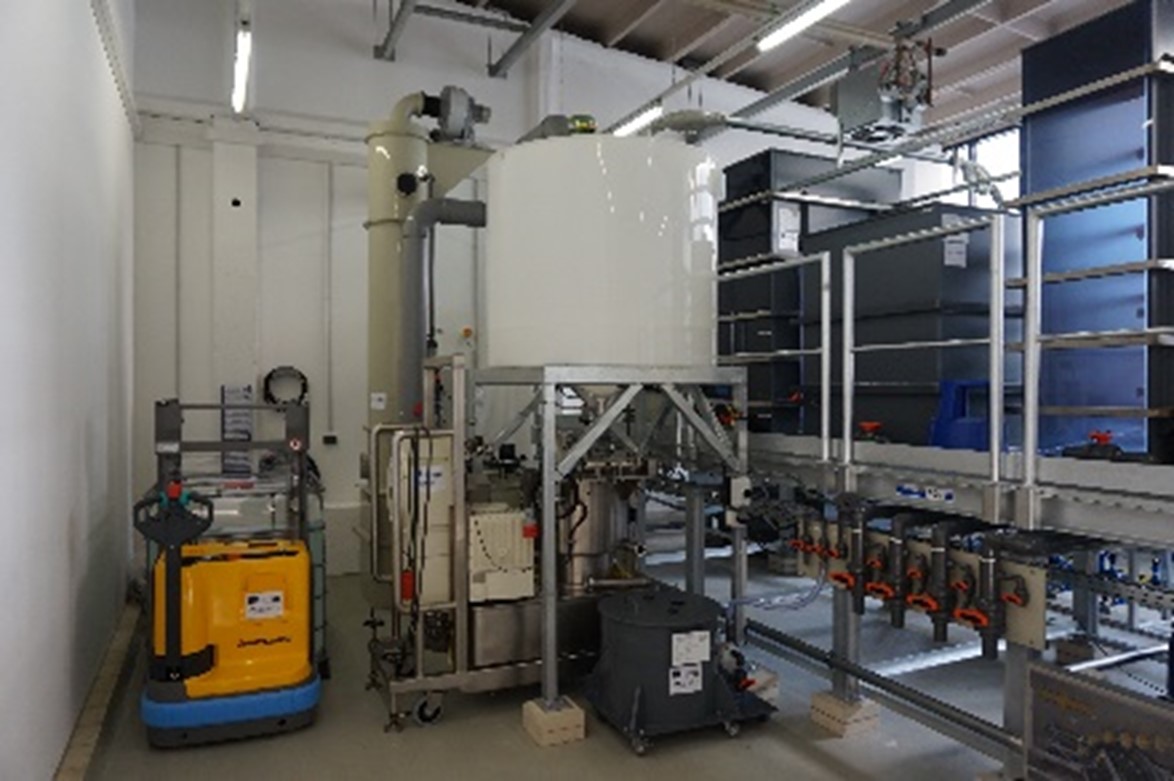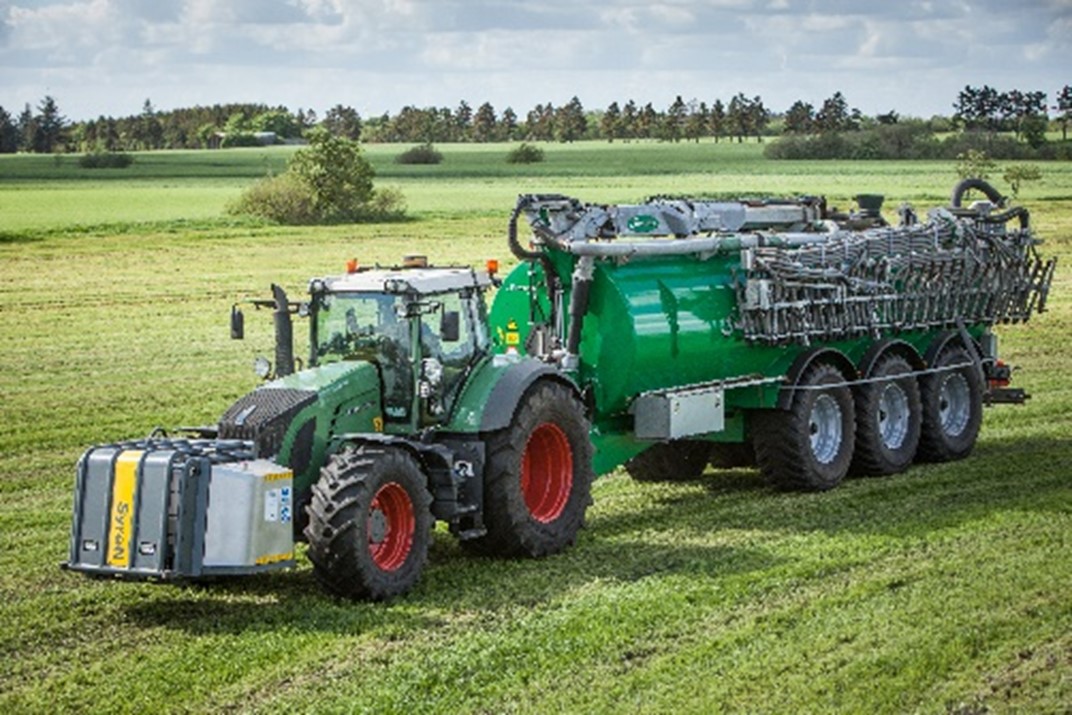Process & contact
Parforce
Member of DPP www.parforce-technologie.de
Updated 3/2022
Input materials
Sewage sludge incineration ash, other ashes, phosphate rock or other secondary materials.
Struvite can be used as raw material after calcining (prior to step 1) to remove organic contaminants, with ammonia recovery
Output products
Phosphoric acid
By-products or waste streams depending on process design and input material.
% of P in input material recovered in phosphoric acid: > 80% for sewage sludge incineration ash, higher for other input materials.
Approx. 5 – 35% of iron and 40 – 55% of aluminium in ash are leached by acid in step (1). Iron must then be removed in step (3) to protect the electrodialysis of step (4).
>99% removal of leached heavy metals, copper, zinc can be achieved in the phosphoric acid purification, step (4).
Process description
1) Acid digestion using HCl or HNO3, to generate raw phosphoric acid
2) solid-liquid separation (filtration)
3) if the input material is sewage sludge ashes, then iron and aluminium are extracted (prior to electrodialysis) by either ion exchange or solvent extraction
4) membrane electrodialysis to separate metal cations (especially Ca, Mg and heavy metals) to a concentrated solution.
5) concentration of the remaining phosphoric acid
6) the metal Ca, Mg, heavy metals etc solution (separated from the phosphoric acid in step 4) is treated with lime. This precipitates the metals to a waste stream leaving a salt solution which can possibly processed to road salt.
In pilot trials, some of the phosphorus passed the electrodialysis membranes. so that a return stream was required. This is resolved in larger scale trials where continuous electrodialysis offers better selectivity.
Operating status
Batch pilot, capacity 150 - 250 kg ash per batch and semi-continuous acid purification, tested for several different materials in since 2018 at Freiberg University of Mining and Technology, Germany.
An automated demonstration plant is now planned (2022) for Bottrop, Germany, capacity 1 000 t/y ash. Continuous campaigns will test different ash inputs.
